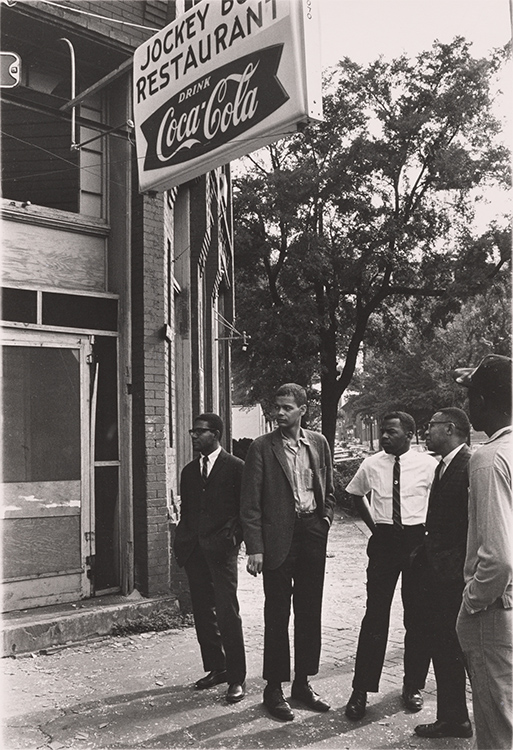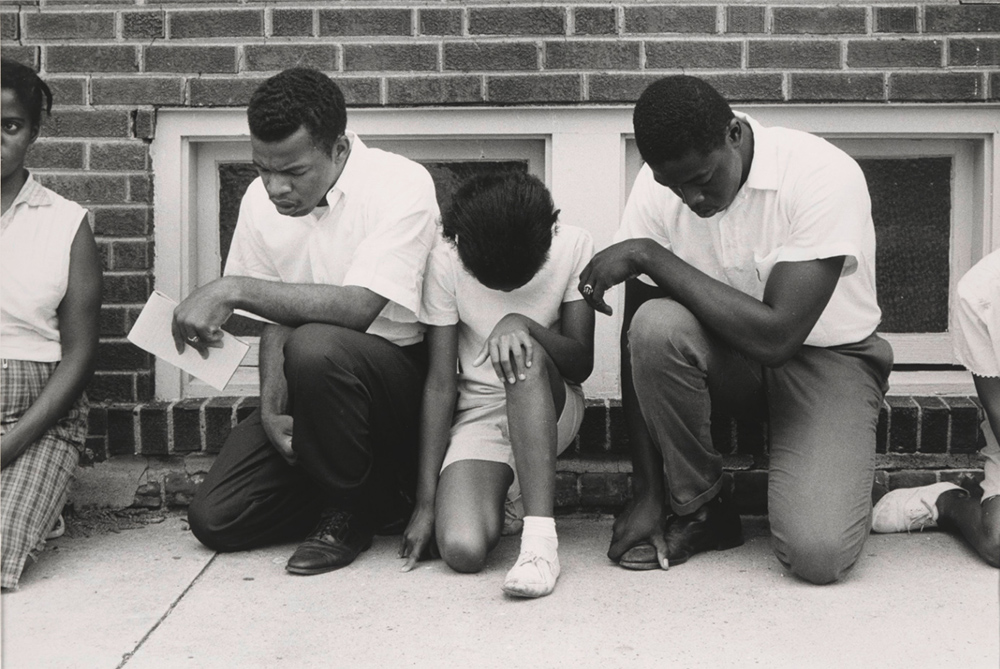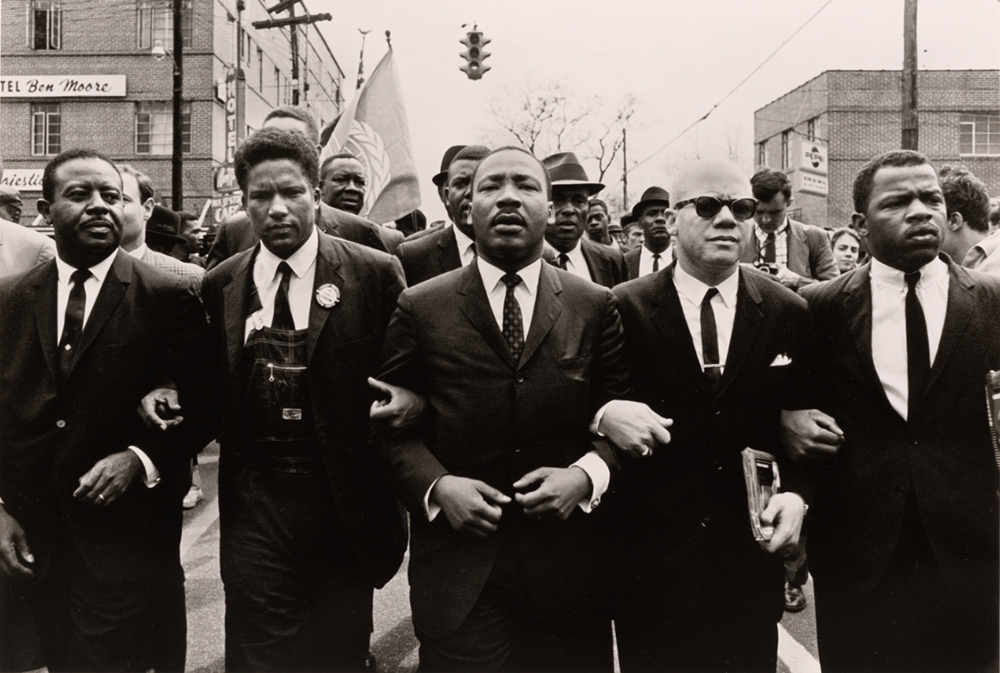“When you see something that is not right, not just, not fair, you have a moral obligation to say something, to do something,” Congressman John Lewis said on the House floor during the impeachment process for President Donald J. Trump in 2019. “Our children and their children will ask us, ‘What did you do? What did you say?’ For some, this vote may be hard. But we have a mission and a mandate to be on the right side of history.”
Over a period of sixty years, from when he was barely in his twenties until the time that he was diagnosed with stage four pancreatic cancer, John Lewis was always in the vanguard, making what he called “good trouble,” by working tirelessly for equality and non-violent social change. This commitment to making the United States a better place for all of its citizens began in 1960, when twenty-year-old Lewis cofounded the Student Nonviolent Coordinating Committee (SNCC). From that point on, he took the lead in organizing the freedom rides, sit-ins, marches, and other demonstrations that were part of the SNCC’s drive to end racial segregation and secure voting rights for millions of disenfranchised African Americans. For the final thirty-three years of his life, Lewis served as the representative of Georgia’s fifth congressional district in the U.S. House of Representatives.

John Lewis was born to a family of sharecroppers on February 21, 1940, in Troy, Alabama. Studying first to be a minister, he attended American Baptist Theological Seminary in Nashville, Tennessee, before pursuing a bachelor's degree in religion and philosophy from Fisk University. By the time he finished his studies, he was deeply involved in the civil rights movement. Lewis was one of the thirteen original Freedom Riders in 1961, an organizer of the March on Washington in 1963, and a key figure in the Selma to Montgomery marches for voting rights in 1965. In the 1970s, Lewis served in the administration of President Jimmy Carter before making his first successful run for congress in 1986.

Advocating nonviolence “not just as a technique, but as a way of life,” Lewis endured repeated beatings and arrests while leading civil rights protests during the 1960s. This photograph of him kneeling was taken in the summer of 1962, during which time he initiated a direct-action campaign challenging segregation in the community of Cairo, Illinois. As Lewis (far left) and other demonstrators knelt in prayer during a vigil outside the city’s “whites only” swimming pool, Danny Lyon captured this compelling image. A University of Chicago student, Lyon soon became SNCC’s official photographer and documented the organization’s civil rights efforts for several years.
In 1963, the SNCC issued a poster featuring Danny Lyon’s evocative photograph, along with the appeal to “Come Let Us Build a New World Together.” Priced at a dollar, it was the first in a series of such posters designed to raise funds for the organization’s civil rights initiatives and to carry its message to a wide and largely youthful audience. Offered for sale at rallies and through SNCC’s newspaper, The Student Voice, the print run of ten thousand posters sold out quickly. Rather than depicting the action of a single individual, the poster’s image celebrates group-centered leadership in which everyone works and struggles together, side by side.

Lewis’s centrality to this call to collective action is seen in this photograph, by Steve Schapiro, which was taken at the conclusion of the Selma to Montgomery marches in 1965. Lewis marches at far right, at the end of a human chain that incudes Ralph Abernathy, James Forman, Martin Luther King Jr., and Jesse L. Douglas. King had launched a major initiative in January 1965 to register Black voters in Selma, Alabama, and later called for a fifty-mile protest march from Selma to Montgomery. Lewis was in the vanguard on March 7 as marchers crossed Selma’s Edmund Pettus Bridge and were confronted by state troopers and local lawmen. When the protesters did not retreat, they were tear-gassed and savagely attacked. Two days later, King joined Lewis to lead a second march to the bridge on March 9, but the group turned back rather than violate a federal restraining order. After a federal judge issued a decision permitting the march to proceed, a large coalition of civil rights leaders led the triumphant Selma-to-Montgomery march that reached Alabama’s capital on March 25. The events of "Bloody Sunday" in Selma galvanized support for the Voting Rights Act of 1965, which passed both Houses of Congress and was signed into law by President Lyndon Johnson on August 6, 1965.